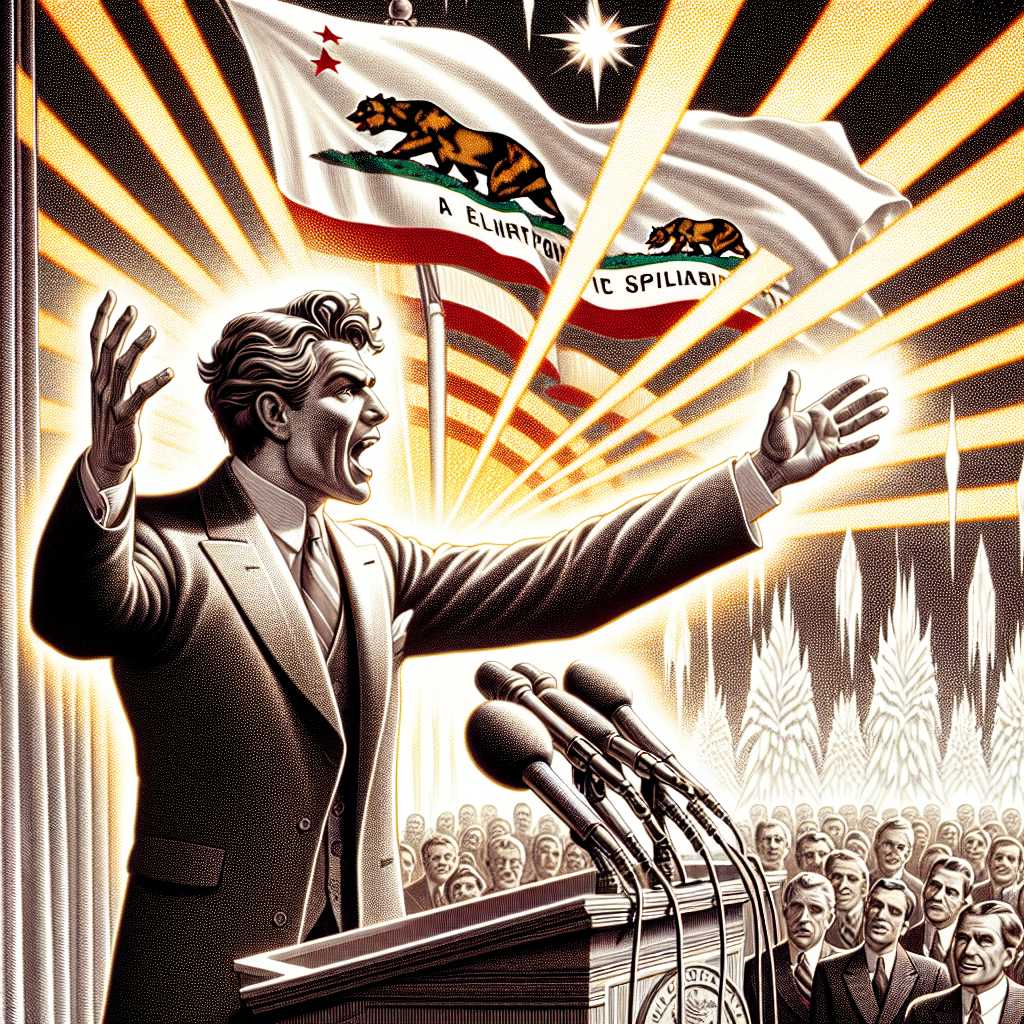The Political Career of Gavin Newsom: An Overview
Gavin Newsom, a notable figure in American politics, has made significant strides in his political career that resonate beyond his immediate constituents in California. Through various political offices, he has often found himself at the crossroads of progressive policymaking and controversial debates. His career exemplifies a trajectory that is emblematic of many modern politicians: local governance, personal controversy, statewide office, and national attention.
Early Political Beginnings and Mayorship of San Francisco
Newsom’s early political career began in 1997 when he was appointed to the San Francisco Board of Supervisors by then-Mayor Willie Brown. In this role, he gained visibility as a city official focusing on issues such as homelessness, public health, and environmental initiatives.
In 2003, Gavin Newsom ascended to the mayoralty of San Francisco where his administration would be marked by bold policy decisions. As mayor, he garnered national attention by granting marriage licenses to same-sex couples in 2004, a move that defied California law at the time and set the stage for broader conversations about LGBTQ+ rights across the United States.
During his tenure as mayor from 2004 to 2011, Newsom advocated for a “Care Not Cash” initiative aimed at reforming welfare for the homeless. His political standpoints often merged liberal social policies with moderate fiscal elements. Newsom’s two terms as mayor saw steady economic growth for the city and an emphasis on progressive social programs.
Lieutenant Governorship and Focus on Education and Environment
Newsom ascended to the role of Lieutenant Governor of California in 2011 after his election victory in 2010. During his tenure, Newsom focused on state higher education policy and environmental protections. One of his noteworthy contributions was his membership on the University of California Board of Regents and the California State University Board of Trustees.
As Lieutenant Governor, he is remembered for his advocacy concerning key environmental legislation and opposing offshore oil drilling along California’s coast. Additionally, he continued his work on economic issues, emphasizing the importance of technology and innovation in the state’s growth strategy.
Governorship: Leading California Through Controversies and Crises
In 2018, Gavin Newsom won the gubernatorial election to become the 40th Governor of the State of California. Since then, his term has encompassed dealing with several crises, such as immense wildfires throughout the state, public health responses to diseases like COVID-19, tensions surrounding police brutality, and ongoing debates over immigration.
Governor Newsom has actively pursued strategies against climate change, setting ambitious goals for reducing greenhouse gas emissions and promoting renewable energy sources across California. On public health matters, notably during the COVID-19 pandemic, Newsom’s policies focused on a strong governmental intervention approach that would place safety above reopening economies prematurely—a stance that was both hailed and criticized within and outside California.
He faced a recall attempt in 2021 partly due to discontent around his governance style and particularly his handling of the pandemic. Newsom successfully defeated the recall effort, interpreting the result as an endorsement of his approach to dealing with COVID-19 and other pressing issues facing Californians.
Policies and Progressive Agenda
During Gavin Newsom’s term in governance, he spearheaded numerous initiatives pertaining to healthcare access, education facilities funding mechanisms, early childhood development programs, housing affordability solutions, gun control measures, and steps toward criminal justice reform.Library
As a vocal advocate for comprehensive healthcare reform, Governor Newsom has taken steps intended to move California toward broader implementation of universal healthcare coverage.
His pursuit of progressive policies extends to free community college tuitions for first-time students while also pressing for important chaperons against climate change. One key aspect is the initiative to phase out sales of new gasoline-powered cars by 2035.
Controversies and Leadership Challenges
One cannot assess Gavin News Malone’s political trajectory without considering some hurdles and controversies incubating paralleled that he encountered. Notably charged dynamics surround incidents where his behavior has inflamed public opinion—for instance, attending a meal at an upscale restaurant while advocating stringent COVID-19 restrictions which many interpreted as hypocritical.
Moreover, challenges in addressing systemic societal hurdles evidenced through homelessness spikes and unprecedented migrant inflows have triggered critical discourse concerning the effectiveness of policies under his leadership.
